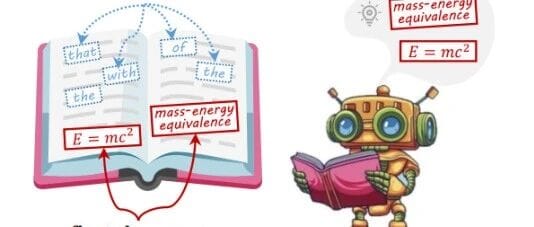The “Dial-up Internet” Era of AI

AI's Dial-Up Era: Lessons from 1995's Internet Boom
Imagine it’s 1995.
Your computer’s modem screeches while trying to connect to something called “the Internet.” Sometimes it works on the first try. Sometimes you have to reconnect.
Back then:
- The world had only ~2,000 websites — mostly plain text with minimal imagery.
- Load times were painful: one image could take a minute, a 1‑minute video hours.
- Online payments were rare — almost no one dared type a credit card number.
- Everyone warned: never trust strangers online.
People split into two camps:
- Optimists predicted a revolution — e‑commerce replacing physical retail, virtual reality dominating leisure.
- > "I predict... one out of ten people will be wearing head-mounted computer displays while riding buses, trains, and planes." — Nicholas Negroponte, MIT, 1993
- Pessimists argued the web was a fad and a bubble.
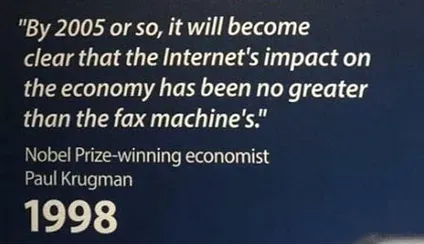
If you’d told a typical person in 1995 that:
- News would come from social media strangers,
- TV would be replaced by on-demand streaming,
- Dating would happen via apps,
- People would trust strangers enough to drive them (Uber) or host them overnight (Airbnb) —
- ...they would have thought you were insane.
Now, it feels like Artificial Intelligence is at its own 1995 moment — complete with hype, skepticism, and flawed predictions.
---
The Employment Paradox: Why Automation’s Impact Is Uneven
Geoffrey Hinton — often called the “Godfather of AI” — warned in 2016:
> “People should stop training radiologists now.”
Yet, radiology is thriving, as researcher Deena Mousa has documented.
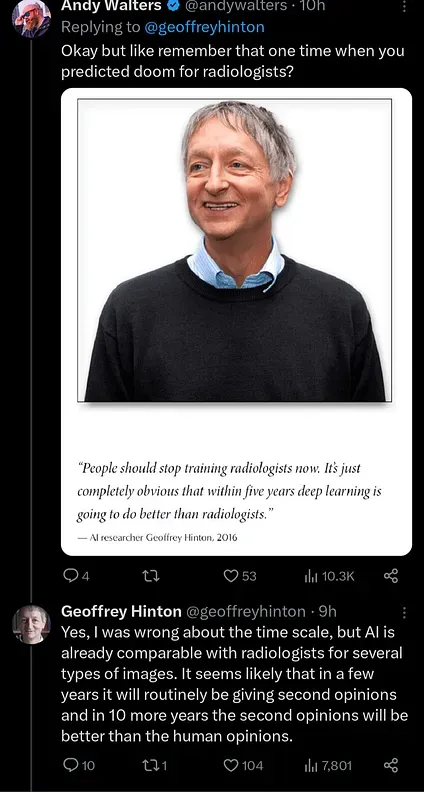
Key data:
- Record 1,208 radiology residency slots in 2025 — up 4% year-on-year.
- Historic vacancy rate in the field.
- Second-highest earning medical specialty at $520,000/year.
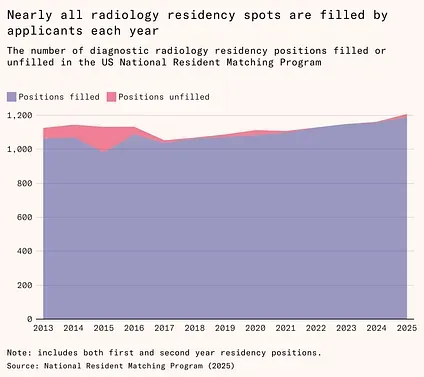
Why early predictions failed:
- Real-world complexity — radiologists do more than read scans.
- Regulatory limits.
- The Jevons Paradox:
- > When efficiency rises, total consumption often increases.
AI allows faster, better, cheaper diagnostics — driving more scans and increasing demand.
---
But Jevons Has Limits
Andrej Karpathy cautions:
- Radiology is complex, risky, heavily regulated.
- Early AI displacement will happen in repetitive, short, context-free tasks.
- Even then, AI will first be a tool, shifting human roles toward supervision.
Demand vs. Productivity — A Sector Race
From James Bessen’s research:

Historical view of textiles, steel, autos:
- Textiles: Automation boosted efficiency ×50 in 100 years → employment rose, then fell once demand saturated.
- Autos: Demand still not saturated; jobs remain stable.
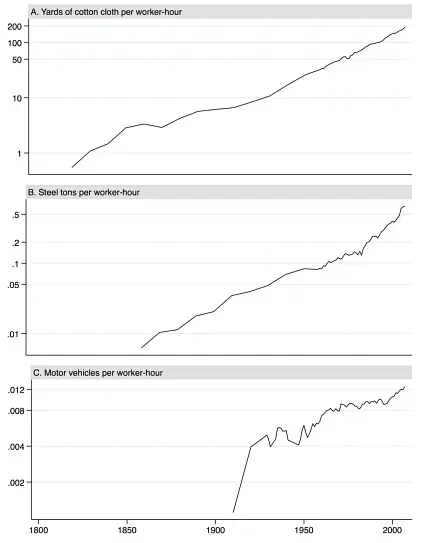

---
Takeaways:
- Industries with unmet demand + incomplete automation can keep jobs stable (e.g., autos).
- Once demand plateaus, continued efficiency gains mean fewer jobs.
- Creative sectors — like AI content — may expand demand before hitting saturation.
Example:
Platforms like AiToEarn官网 let creators:
- Generate AI content.
- Publish instantly to Douyin, Kwai, WeChat, Bilibili, Xiaohongshu, Facebook, Instagram, LinkedIn, Threads, YouTube, Pinterest, X.
- Track performance via analytics and model rankings (AI模型排名).
This is akin to early web hosting for internet pioneers — making mass distribution possible.
---
Bubble Dynamics: Infrastructure Built on Hype
The 1990s dot-com era saw:
- Companies adding “.com” and soaring in value.
- Heavy investment in fiber optics.
- Collapse in 2000–2001.
Pets.com became the poster child — huge IPO, Super Bowl ads, bankruptcy in 9 months.
Yet, infrastructure survived, enabling YouTube, Netflix, Facebook.
---
Today’s AI Echoes
Examples of frothy funding:
- AI startup by Mira Murati — $2B seed round at $10B valuation, no product disclosed.
- Multiple “AI wrappers” raise millions without technical moats.
Still, hyperscalers — Microsoft, Google, Meta, Amazon — now spend ~$5T building data centers, chips, infrastructure.

---
Bubble Risk Test — Azeem Azhar's 5-Metric Framework
- Economic pressure: investment vs GDP
- Industry pressure: capex/revenue ratio
- Revenue growth rate
- Valuation extremes
- Capital quality
> Current state: demand-led boom, but watch for 2+ red flags → bubble territory.
---
Predictable Unpredictability
We’re still in AI’s modem phase — hype will swing, forecasts will fail.
Core Predictions:
- Industries will mature at different rates — post-demand plateau, efficiency cuts jobs.
- Lower costs open new niches — Uber expanded rides beyond the taxi market; AI will enable products previously unaffordable.
- Creativity will spawn unimagined roles — e.g., animal communication jobs via AI analysis.
Job Definitions Will Change
Like “journalist” → influencer/blogger/newsletter writer, “software engineer” will evolve:
- More people will do engineering tasks without claiming the title.
- AI will democratize niche software creation.
---
AI optimists may envision:
- News from AI, not influencers.
- AI actors replacing humans.
- AI matchmakers replacing dating apps.
- AI companions raising children.
Most will dismiss this today — but transformation is already underway.
---
Final Thought
Whether or not our guesses come true, AI’s future is loading right now.
Creators who adapt — using platforms like AiToEarn官网 to generate, publish, analyze and monetize instantly across platforms — will be better positioned to ride the next wave.
---
If you liked this article, share it or subscribe for future posts. Discuss live tech and business trends with me on X.com.
Resources:


